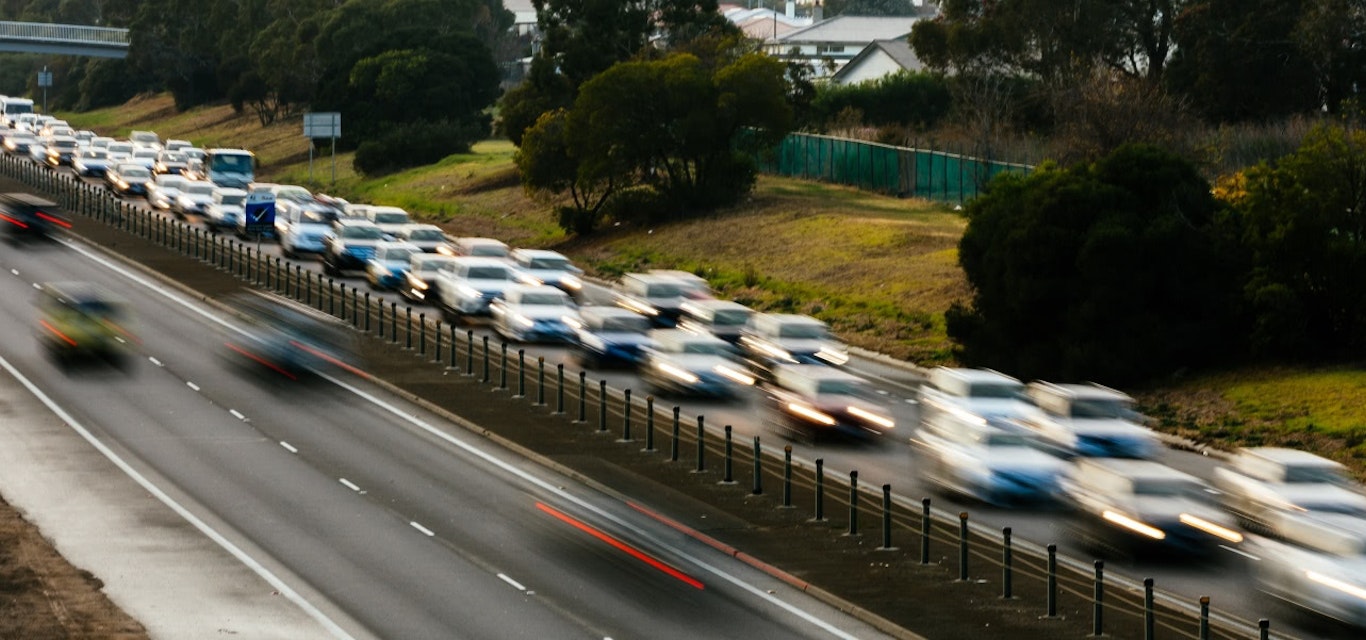Representing Tasmanian motorists
Policy series: Tasmanians are paying the nation’s most expensive transport costs relative to income. We’re fighting for your lifestyle.
The Australian Automobile Association’s (AAA) latest Transport Affordability Index reveals that when average income is considered, Hobart has had the most expensive transport costs of all Australian capital cities since late 2018.
Similarly, when income is considered, Launceston has had the most expensive transport costs of Australian regional cities since late 2017.
To ensure Tasmanians aren’t paying excessive amounts, we’ve developed a Representing Tasmanian Motorists Policy. Our policy outlines how we’ll fight to ensure the community can access work, education, services and recreation without overwhelming financial burdens.
Fuel
The AAA’s Affordability Index shows that Hobart has been Australia’s most expensive capital city for fuel prices since early 2016. Drivers are spending $78 per week as of June 2019. This was ahead of Brisbane and Sydney ($75) and Canberra ($74).
Likewise, Launceston has also been ranked in the top three most expensive regional cities for fuel prices since early 2018, with drivers spending $89 per week as of June 2019. This was just short of Bunbury ($93) and Geelong ($91).
RACT Executive General Manager, Membership and Community, Stacey Pennicott, said the policy outlined how the Tasmanian Government needed to adopt the NSW Government’s Fuel Check initiative.
‘Fuel Check makes it compulsory for fuel retailers to report changes in their fuel prices and make them publicly available through a centralised, realtime platform both online and on a smart phone app,’ she said.
Tasmanian motorists also pay a federally levied fee when purchasing fuel, known as the fuel excise, which we want to see removed.
The fuel excise is worth just over 40 cents per litre of fuel for both unleaded petrol and diesel. The government can allocate these funds to any area of expenditure.
As a result, just $22 billion out of $54 billion in net fuel excise revenue will be spent on the transport network between 2018-19 and 2021-22. This is just 40%.
‘We want to see all levels of government develop and phase in a new road-user charging model, in place of the Australian Government’s fuel excise,’ Ms Pennicott said.
‘This must be based on a motorist’s use of the network.
‘An appropriate percentage of revenue from a new road-user charge must go towards road safety and transport infrastructure.’
Our policy also supports partnerships that establish fuel discounts.
Registration
Tasmanian motorists pay annual vehicle registration fees and stamp duty for newly purchased vehicles.
Our registration fees include MAIB premiums for compulsory third-party insurance, as well as the Tasmanian Road Safety Levy, which is used for governmental road safety projects and initiatives.
Ms Pennicott said the new policy discourages the Tasmanian Government from introducing any new state-based motoring taxes or fees.
‘This includes taxes that target motorists as a source of revenue or those that subsidise other road users,’ Ms Pennicott said.
‘The only exceptions to cost increases are those that are in line with inflation or otherwise evidence based, as well as the Tasmanian Road Safety Levy, which goes towards infrastructure projects and education.
‘We also urge the Tasmanian Government and Tasmania Police to spend an increased amount of revenue from motoring taxes and traffic infringement notices on road safety projects.’
Ms Pennicott added the policy was against the MAIB raising premiums unless there was evidence, particularly if profits were being made.
We also strongly urge vehicle owners to maintain their vehicle registration to ensure they are covered by compulsory third-party insurance under the MAIB, protecting themselves and others who may be injured in a crash or affected by a fatal crash.
Congestion
Data from the Australian Bureau of Statistics indicates that 84% of Greater Hobart residents drive to work. When looking at the rest of Tasmania, 90% use a private vehicle to drive to work. These trends cause significant congestion.
Congestion in Hobart costs the Tasmanian economy approximately $90 million per year. This is based on personal and business time costs, extra vehicle operating expenses and vehicle emission costs. This is expected to rise to $160 million by 2030.
Ms Pennicott said traffic congestion also impacted on social and family life, community health, the economy and environment.
‘To reduce congestion, we are urging all levels of government to develop settlement strategies in key areas that consider how infrastructure can integrate with private, public and active transport to facilitate widespread transport access.’
